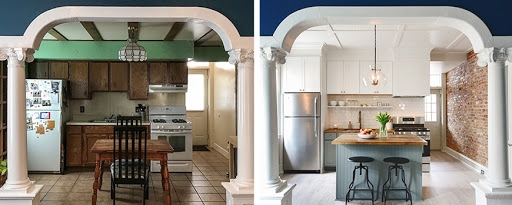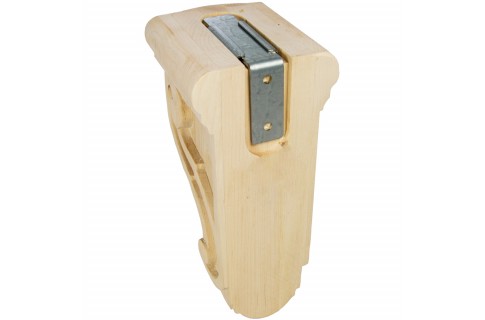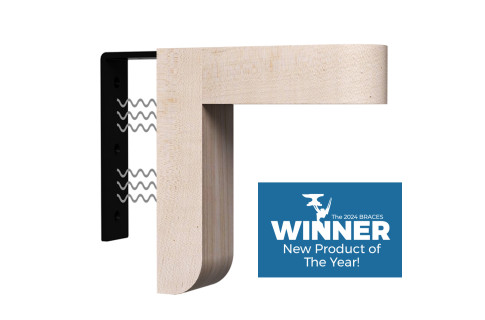Remarkable Restorations
Recent efforts in preserving history and culture have resulted in the rise of heritage preservation and remarkable restorations. There are several steps in this process, however, once one has committed themselves to the task. The first is to determine what standard of treatment is best: preservation, rehabilitation, restoration, or reconstruction. While preservation merely seeks to maintain what is existing, rehabilitation, restoration and reconstruction are all methods of returning the structure to its original glory. Older buildings, automobiles, and other physical goods are often being carefully restored or reconstructed, rather than merely preserved, to maintain the highest degree of continuity with their original condition. Some of these items become cherished collectibles, while others are kept for posterity in museums and galleries. What exactly goes into the process of restoring a piece? How is historical or cultural importance decided? And what steps can a contractor, designer, or enthusiast take to ensure the finished project is as true to the original as possible? Let’s take a look at how this is incorporated in a few of the most common restorations.
Buildings & Homes
One of the largest sections of the restoration industry, is, of course, buildings. Since humanity has been accustomed to four walls and roof, we’ve been struggling to maintain and lengthen the lives of the buildings that house our legacy, whether that’s important factories, cultural centers, or homes. In order to determine the treatment of a given space, we generally look at its previous purpose, any historical occurrences or inhabitants, and the existing condition of the building. Consider this helpful guide from the National Park Service Technical Preservation Department in order to assist you in your decision.
Many designers focus their whole body of work on period pieces or recreating a look from bye-gone days. These designers are held to a set of standards, provided by the U.S. Secretary of the Interior, to ensure that their work is up to par. However, regardless of the building’s significance or perceived benefit, current building codes must always be taken into account and met. In order to ensure that what exists and what is being improved aren’t damaged during updates, designers and contractors alike must be careful and diligent, using safety measures and tools to keep original cabinetry, furniture, or even basics such as paint, flooring, or wallpaper scratch-free and intact. Drop cloths, sheeting, marr-proof screws and a multitude of other tools can assist in making sure your restoration continues without a hitch.
Automotives & Machines
Nearly everyone has seen or helped their uncle, dad, grandpa, cousin, or handywoman mom work on a car. Given all the parts that go into creating or maintaining a working car, the utmost care has to be taken to ensure that everything is in good order. Restoring an antique car or machine is an even more painstaking process, with various parts often having to be ordered from specialty places. Take a look at some of the tools and parts needed to restore or do body work on a car… wow, what a list!
The interior work has to be done to make sure that the machine runs properly—almost as if it’s brand new—however, exterior work is nearly as important. Welding, sanding, buffing, waxing, painting and what have you, to create the perfect look. No one would give a restored Porsche 550 a paint job that looks like their more modern Boxster or cover a vintage Coca-Cola chest in plastic like a modern vending machine! And once given the perfect paint job, every care would be taken to not marr it with tooling marks during last-minute changes. Using protectants, such as the NoMarr Silicone Surface Protection System ensures that nothing will ruin all the hard planning and work put in. Auto enthusiasts carefully make dents, dings, or scratches incurred over the years go away, leaving a spotless classic in their place.
Take a look online at www.federalbrace.com and www.NoMarr.com to see how we can help you in your next restoration, preservation, or reconstruction.




